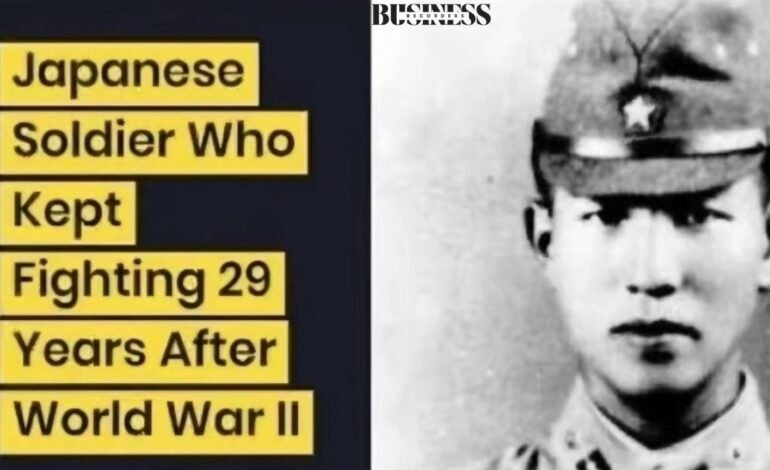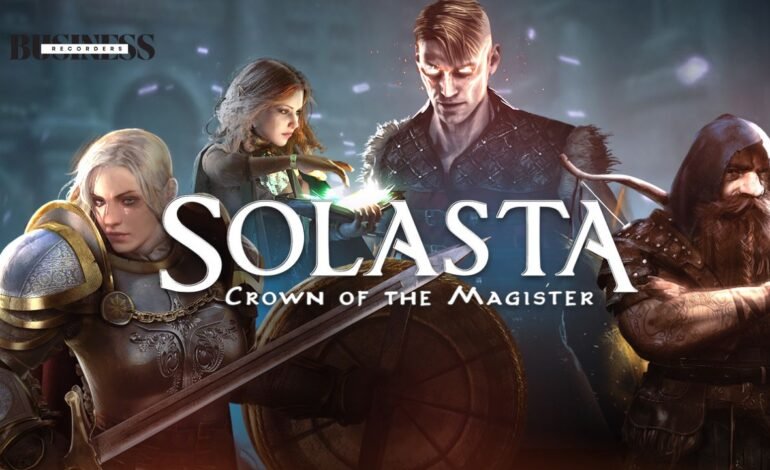
The Japanese Soldier Who Kept Fighting Meme
The Japanese soldier who kept fighting meme has gained popularity in recent years. This meme depicts a real historical figure who continued to fight long after World War II ended. The story behind this soldier is not just a reflection of a meme; it illustrates the complexities of war, loyalty, and misunderstanding. This article will explore the origins of this meme, its cultural impact, and what we can learn from the soldier’s story.
Who Was the Japanese Soldier Who Kept Fighting?
The soldier at the center of this meme is Hiroo Onoda. He was an officer in the Imperial Japanese Army during World War II. Onoda was stationed on Lubang Island in the Philippines. He was given orders to conduct guerrilla warfare against the Allied forces. When Japan surrendered in 1945, Onoda did not believe it. He thought the information was part of a trick by the enemy. As a result, he continued to fight, hiding in the jungle and conducting operations for nearly 30 years.
Onoda’s story began in 1944 when he was deployed to Lubang Island. His orders were clear: do not surrender and keep fighting. When the war ended in 1945, he and a few other soldiers remained unaware of the surrender. Over the years, Onoda lived in the jungle, evading capture and survival. He relied on his military training, eating whatever food he could find in the wild.
Onoda’s refusal to surrender became a symbol of loyalty. He believed he was still serving his country. His story illustrates how war can impact a soldier’s mind and actions. The Japanese soldier who kept fighting meme captures this unique history, showing how a soldier remained committed to a cause long after it was lost.
Why Did He Continue to Fight?
Onoda’s decision to keep fighting was influenced by several factors. One significant reason was his strong sense of duty. As a soldier, he felt it was his responsibility to continue his mission. He believed that surrender was dishonorable. Onoda was not alone in his thinking. Many soldiers shared similar beliefs, driven by loyalty and the fear of being seen as cowards.
Isolation played a role in his continued resistance. Onoda and his fellow soldiers were cut off from the outside world. They did not receive news about the war or Japan’s surrender. The jungle became their home, and they adapted to survive in harsh conditions. Without communication from their government or the outside world, they had no way of knowing that the war had ended.
The Japanese soldier who kept fighting meme highlights this profound commitment to duty and loyalty. It serves as a reminder of how deeply ingrained military values can affect a soldier’s actions, even when faced with overwhelming evidence that the war is over.
What Happened to Hiroo Onoda?
Hiroo Onoda continued his fight until 1974. Over the years, he lost most of his fellow soldiers. Some were killed in clashes, while others surrendered after realizing the war was over. Onoda survived through resourcefulness and cunning. He lived off the land, and his military training helped him stay hidden from the locals and authorities.
In 1974, a Japanese student named Norio Suzuki traveled to Lubang Island. He sought to find Onoda and bring him back to Japan. Suzuki found Onoda after several days of searching. When Suzuki informed Onoda that the war had ended, Onoda refused to believe him at first. He thought it was a trick. However, Suzuki showed him proof, including a letter from Onoda’s former commander, ordering him to surrender.
On March 9, 1974, Hiroo Onoda finally surrendered. His return to Japan was met with mixed emotions. Some hailed him as a hero, while others questioned his refusal to accept reality. The Japanese soldier who kept fighting meme captures the essence of his extraordinary story, emphasizing both his determination and the tragic consequences of his isolation.
How Did This Meme Emerge?
The Japanese soldier who kept fighting meme emerged from the story of Hiroo Onoda. It began circulating on social media, often depicting images of Onoda with humorous or absurd captions. The meme gained traction as people found it relatable. It resonated with the themes of stubbornness, loyalty, and not wanting to let go of a cause, no matter how hopeless it may seem.
Memes often reflect contemporary culture, and the story of Onoda provides a unique perspective. Many people can relate to the idea of holding onto beliefs or commitments long after they should have changed. This universality makes the meme appealing and allows it to transcend cultural boundaries.
The humor in the meme often comes from juxtaposing Onoda’s serious commitment to his cause with modern, trivial situations. For example, people may use his image to illustrate a situation where someone stubbornly holds onto a belief or habit, even when it is no longer relevant. This lighthearted take on a serious story makes the Japanese soldier who kept fighting meme both entertaining and thought-provoking.
What Lessons Can We Learn from This Story?
Hiroo Onoda’s story offers valuable lessons. One of the most important is the idea of perseverance. Onoda’s unwavering loyalty to his mission illustrates a commitment that is admirable in many ways. However, it also raises questions about when to let go of a fight or belief. The struggle between loyalty and acceptance of change is a common human experience.
Another lesson is about communication and understanding. Onoda’s isolation meant that he could not receive crucial information about the end of the war. This lack of communication led to unnecessary suffering for himself and others. It serves as a reminder of how vital clear communication is in any situation, particularly during times of conflict.
The Japanese soldier who kept fighting meme encapsulates these lessons. It encourages reflection on how far one should go for a cause and the importance of recognizing when it is time to move on. This story reminds us of the balance between loyalty and pragmatism.
What Are the Pros and Cons of the Meme?
Understanding the pros and cons of the Japanese soldier who kept fighting meme can help us appreciate its impact better. Here is a table outlining the benefits and drawbacks of the meme:
| Pros | Cons |
| Highlights perseverance and loyalty | Can trivialize the serious nature of war |
| Provides humor and relatability | May misrepresent historical facts |
| Encourages discussion about commitment | Could promote stubbornness in negative contexts |
| Offers a unique perspective on cultural stories | Risk of creating memes without context |
The Japanese soldier who kept fighting meme, while entertaining, also raises important discussions about war, loyalty, and understanding. It can serve as a platform for deeper conversations about the impact of war on individuals and society.
How Has This Meme Influenced Popular Culture?
The Japanese soldier who kept fighting meme has left its mark on popular culture. It has been referenced in various forms of media, from social media posts to articles and videos. This meme showcases how a single story can resonate with people and influence conversations around loyalty and perseverance.
In addition to social media, the story of Hiroo Onoda has appeared in documentaries and books. These works often provide more context to Onoda’s life and the cultural implications of his actions. By exploring this story through various lenses, the meme contributes to a broader understanding of the human experience during war.
The meme also reflects a shift in how we approach historical narratives. People are more inclined to engage with history through humor and relatability. This trend shows that historical stories can remain relevant and impactful, even in a lighthearted context.
Conclusion: Why Does This Story Matter?
The story of Hiroo Onoda, the Japanese soldier who kept fighting meme, matters because it sheds light on complex themes of loyalty, commitment, and the consequences of war. It reminds us that individuals can be deeply affected by their circumstances, leading to extraordinary actions that may seem puzzling to outsiders.
Onoda’s life story serves as a powerful example of how commitment can shape a person’s life. It also encourages discussions about the importance of communication and the need to adapt to changing circumstances. The Japanese soldier who kept fighting meme continues to resonate with people, reminding us of the intricate balance between loyalty and reality.
By reflecting on Onoda’s story, we can better understand the human aspects of war and the lessons that extend beyond his time. This narrative is not just about a soldier’s stubbornness; it is about the journey of a person navigating the complexities of life in a world shaped by conflict and change.













